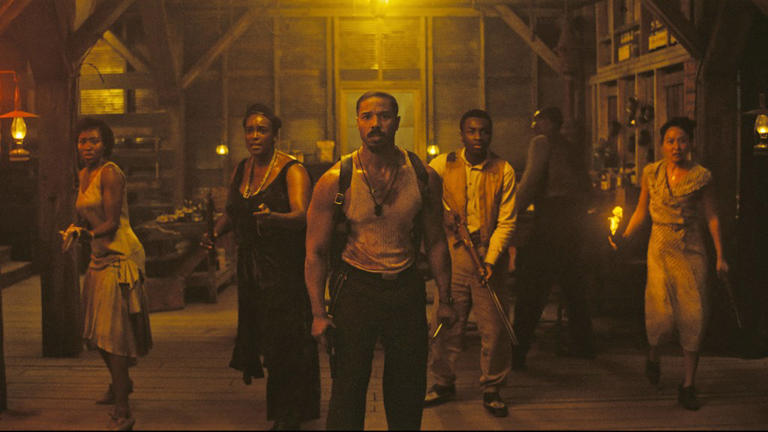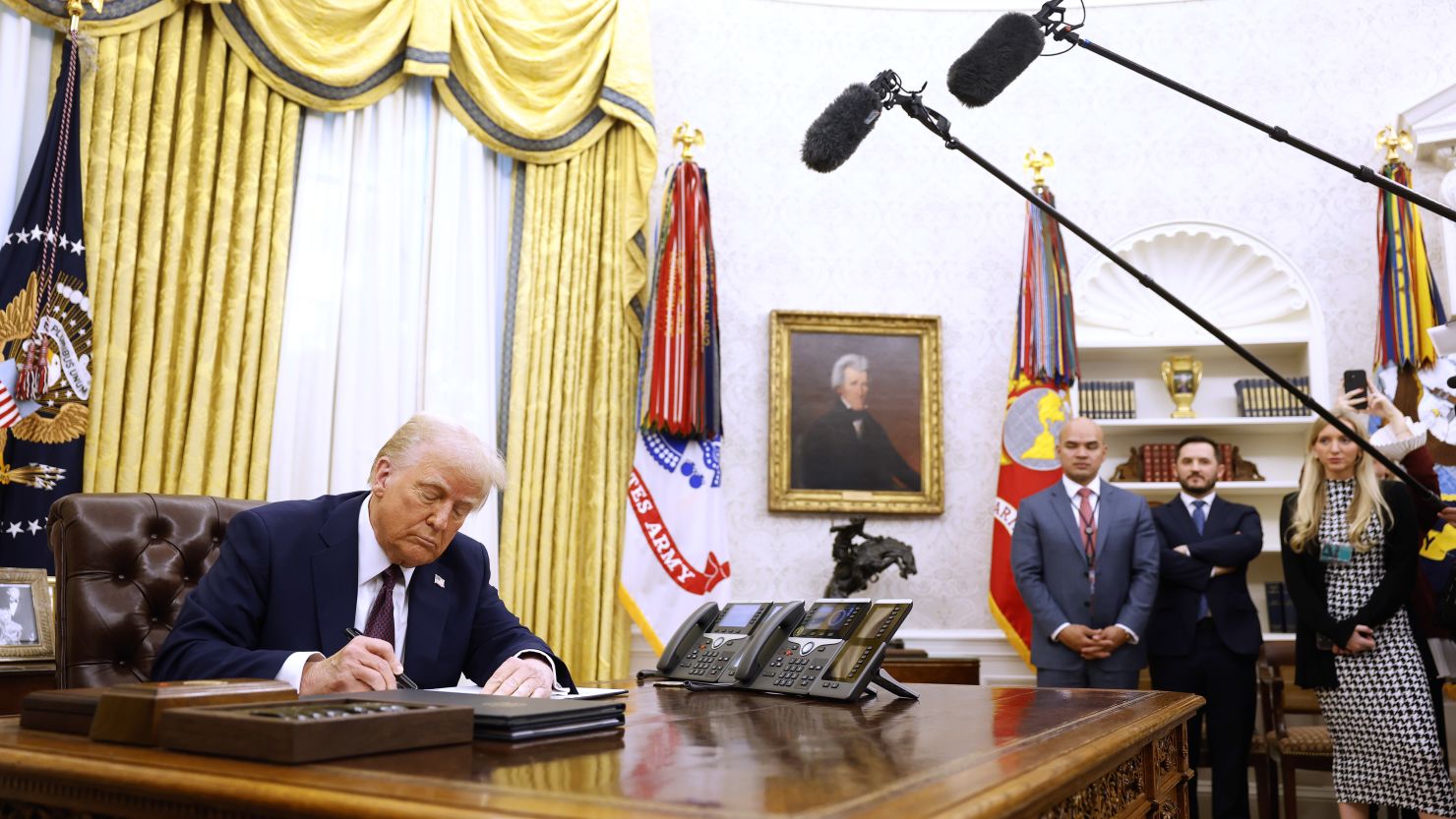
With the holiday season in full swing, it is important to keep in mind the issue of road safety on the Maltese islands and aim to prevent any accidents by driving mindfully and appropriately.
The Malta Independent on Sunday reached out to Doctors for Road Safety (D4RS) and spoke with Dr Tonio Piscopo, the NGO’s project coordinator.
D4RS launched a road safety poster campaign on 19 November, the World Day of Remembrance for Road Traffic Victims, with the aim of raising awareness for speeding, distracted driving, driving under the influence and respect on the road.
When announcing the campaign, the NGO said that it wishes to “remind that injuries and deaths on our roads are no accident” and that a safe systems approach could “stem this epidemic”.
This newsroom asked Piscopo about the specifics of what this safe systems approach would be. He replied that this system starts with the environment, and so by building roads which are safe. He added that in Malta’s particular situation, there needs to be better protection of the pedestrian.
Piscopo continued that when looking at the data, there had been “nearly 30 fatalities” last year and that half of those fatalities were pedestrians, with most of the others being motorcyclists. We have had a similar pattern this year, although the numbers are not conclusive as the year is still to end. “There’s a reason for that,” he said, “those are the most vulnerable sections of road users.”
The D4RS project coordinator said that if you were to look around Malta’s roads and infrastructure, as a whole, they do not cater for the pedestrian. “So the infrastructure is the first thing that needs to be done to make our roads safer.”
He continued that enforcement is also very important. He contextualised by explaining in terms of a distribution curve of people who use roads, in which he said that the upper 20% use roads very safely and are aware of the proper procedures. He continued that the lower 20% “don’t really take any notice of anything” and that the middle part consists of people who could move into the upper part with some education and information.
He said that therefore the aim is to target those individuals with education to induce a shift in culture and have a greater share of people in the aforementioned upper section. “We aim to get that 20% to 30%, 40%, and maybe even more.”
Furthering his point, he said that the lower section who “do not really take in messages like this” would probably be in a scenario where enforcement of regulations is the only way to get through to them, so he said that consistent enforcement is very important. “That counts for checks on the roads, checks by enforcement officers and also speeding.”
He added that a safe system would result in little instances of failures, but if the system is not looked after, there would be a systematic failure.
Piscopo was asked if there is generally an increase in road accidents around holiday times. He replied that there is always a higher risk around holidays (people tend to drink more and this lowers their attention on the road), but that there is not enough local data to see that there is a direct link.
He added however that there is international data which shows a direct link, “both driving under the influence of alcohol and other psychoactive drugs” and that is why D4RS campaigns for people to look after their own health as well as other people’s health.
The Malta Independent on Sunday also asked Piscopo what he believes is the main contributor to the issue of road safety. The NGO’s representative said that it is usually a combination of things, beginning with awareness. He said that the more people are aware that something could happen, the more careful they are, and that people generally need to be more careful on the road.
He explained that in D4RS’ messages, they are targeting the four main contributors to road safety issues. First, he referred to the issue of driving under the influence, which includes both drugs and alcohol. He said that drugs are included in their campaign as the NGO believes that they are becoming more prevalent and should be addressed.
The second thing, he explained, is about distraction. He said that this is mainly in reference to the use of phones while driving, resulting in people taking their eyes off the road and potentially leading to an accident. “Distraction includes mainly mobile phones but there are other things as well that result in people taking their eyes off the road,” he said.
He continued that the third message is about speed and that D4RS has no doubt that speed control would result in less damage being caused if a crash were to happen. “There’s no doubt about that and there is data to support that.”
The fourth and final message, he added, is about the basic respect that people should take with them on the road. “Respect and courtesy,” he said. He continued that this refers to giving space to others on the road and acknowledging other people’s good behaviour while driving. He used the example of acknowledging when people give a “courtesy wave” to thank another road user of a gesture that makes it safer to either cross the road or for another driver to take precedence. Piscopo said that this type of communication is very important and not common enough.
“We encourage things like that because it means that people are communicating on the road in a good way,” he said, in contrast to what is commonly referred to as road rage.
Piscopo concluded by urging people to be safer on the roads, and that the more people are aware of the importance of road safety, the better.












